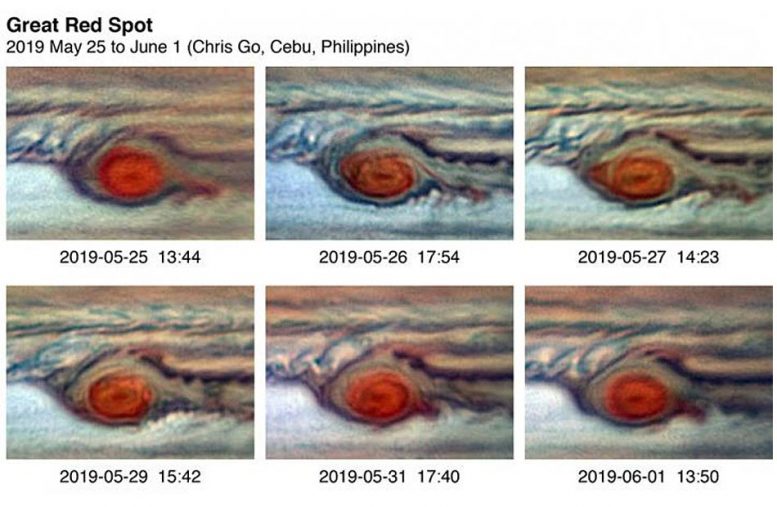
A (false color) series of images capturing the repeated flaking of red clouds from the GRS in the Spring of 2019. In the earliest image, the flaking is predominant on the east side of the giant red vortex. The flake then breaks off from the GRS, but a new flake starts to detach in the fifth image. Credit: Chris Go
Flaking of familiar vortex considered ‘very natural state.’
The shrinking of the clouds of the Great Red Spot on Jupiter has been well documented with photographic evidence from the last decade. However, researchers said there is no evidence the vortex itself has changed in size or intensity.
Philip Marcus, from the University of California, Berkeley, will explain why the pictures from astronomers, both professionals and amateur, are not telling the whole story about the Great Red Spot. His session, The Shedding of Jupiter’s Red Flakes Does Not Mean It Is Dying, took place at the American Physical Society’s Division of Fluid Dynamics 72nd Annual Meeting on November 25, 2019, at the Washington State Convention Center in Seattle.
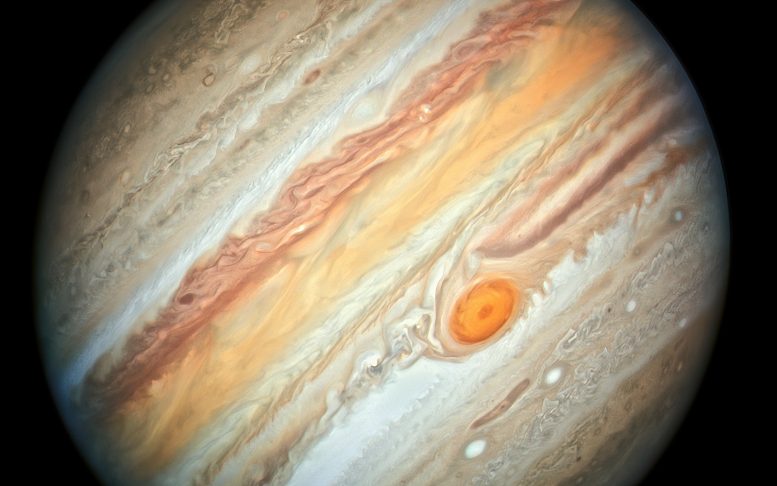
The NASA/ESA Hubble Space Telescope reveals the intricate, detailed beauty of Jupiter’s clouds in this new image taken on 27 June 2019, by Hubble’s Wide Field Camera 3, when the planet was 644 million kilometers from Earth. It features the planet’s trademark Great Red Spot and a more intense color palette in the clouds swirling in the planet’s turbulent atmosphere than seen in previous years. Credit: ESA/Hubble
Marcus said the visible clouds hide the true size and nature of the vortex of the Great Red Spot. In the spring of 2019, observers photographed large red “flakes” being ripped from the familiar red spot, but Marcus said the flaking phenomena is a very natural state of a vortex with cloud coverage and not an indication of the Great Red Spot’s death.
“I don’t think its fortunes were ever bad,” Marcus said. “It’s more like Mark Twain’s comment: The reports about its death have been greatly exaggerated.”
Marcus discusses how smaller cloud formation bumped into the Great Red Spot, sometimes creating stagnation points, where the velocity abruptly stops, restarts, and goes off in different directions. These points indicate where an approaching cloud shattered and created the flakes that were observed by astronomers.
“The loss of undigested clouds from the GRS through encounters with stagnation points does not signify the demise of the GRS,” he said. “The proximity of the stagnation points to the GRS during May and June does not signify its demise. The creation of little vortices to the east, northeast of the GRS during the spring of 2019 and their subsequent merging with the GRS with some does not signify its demise.”
Marcus said a secondary circulation, driven by the heating and cooling above and below the vortex, allows the Great Red Spot to continue to exist over the centuries, fighting off decay of its energy from viscosity, turbulence, and heat loss.
The Great Red Spot is a persistent high-pressure region in the atmosphere of Jupiter, producing an anticyclonic storm, the largest in the Solar System, 22 degrees south of Jupiter’s equator. It has been continuously observed since 1830. Earlier observations from 1665 to 1713 are believed to be of the same storm; if this is correct, it has existed for at least 350 years.

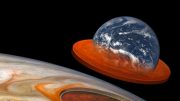
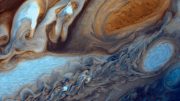
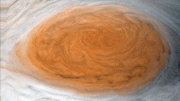
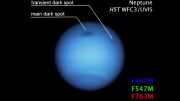
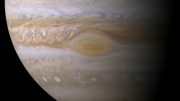
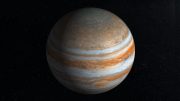
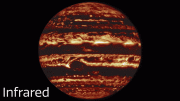
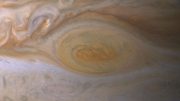
Be the first to comment on "Photographic Evidence Claims Jupiter’s Great Red Spot Is Shrinking, but Its Demise Greatly Exaggerated"